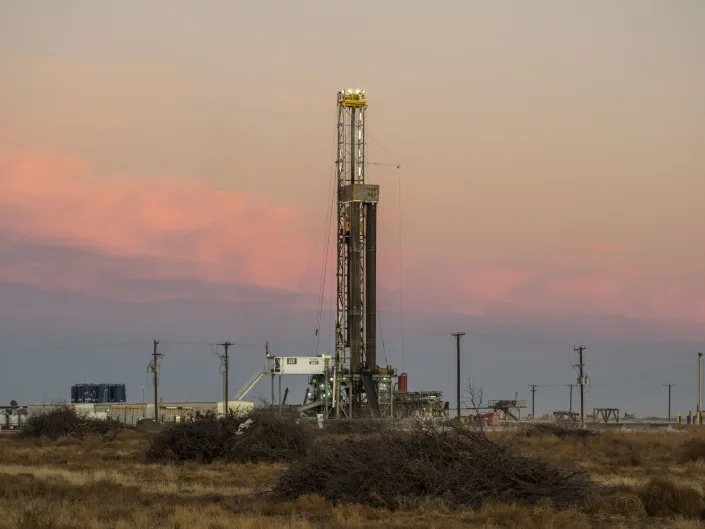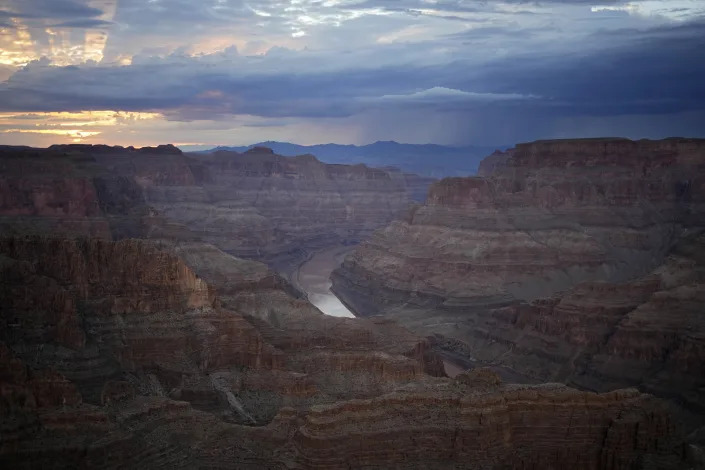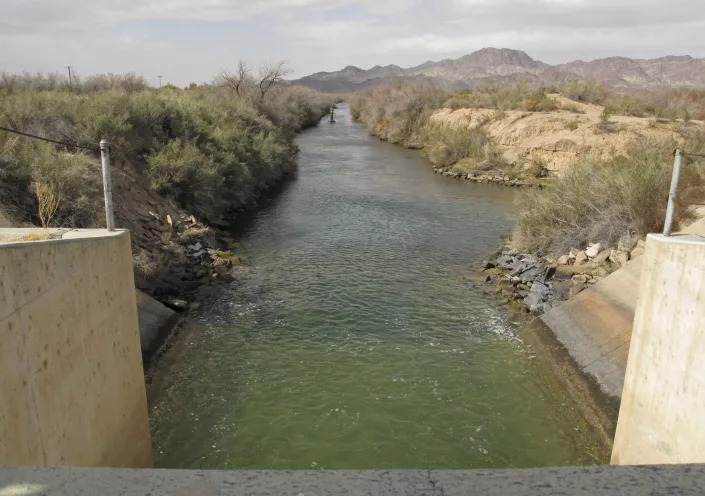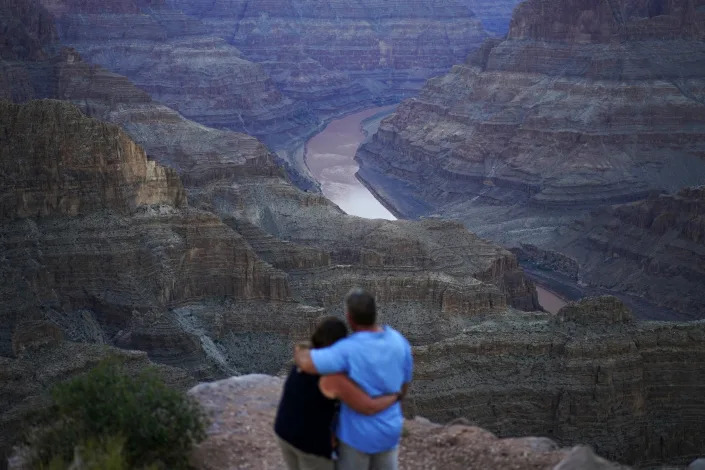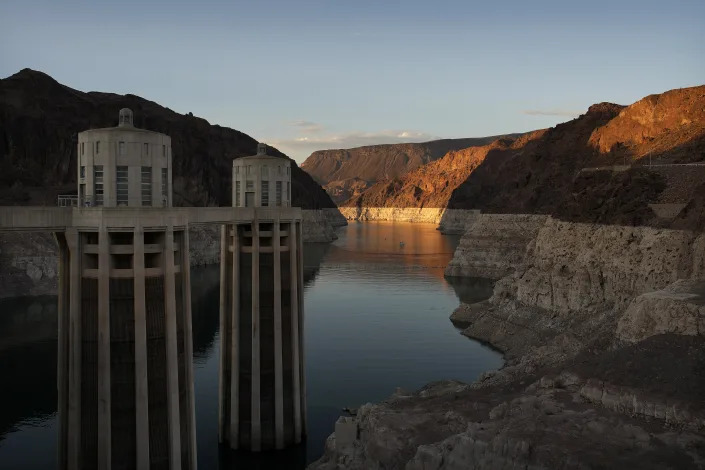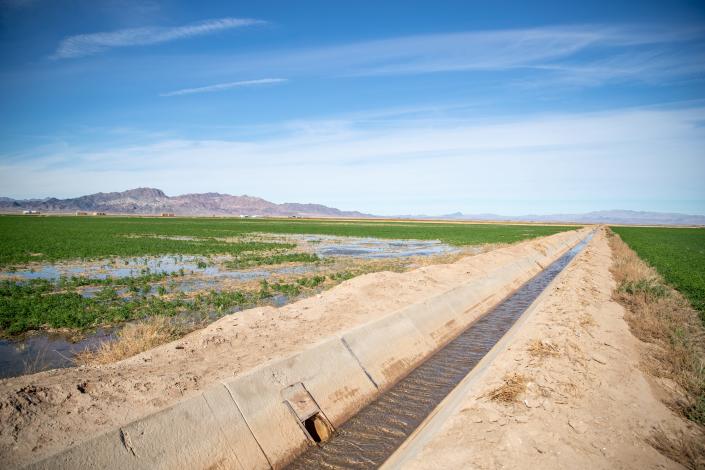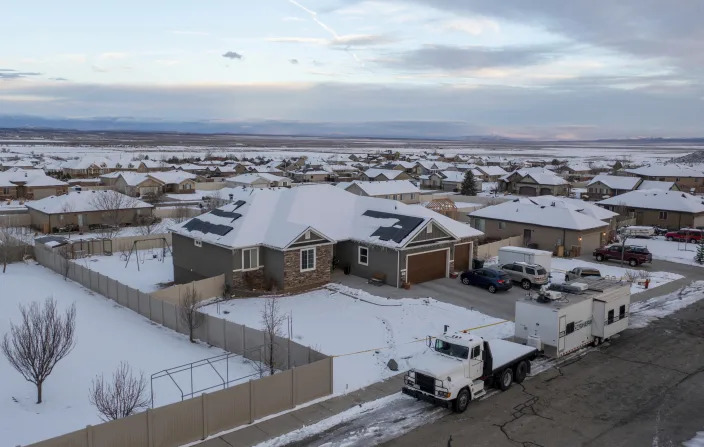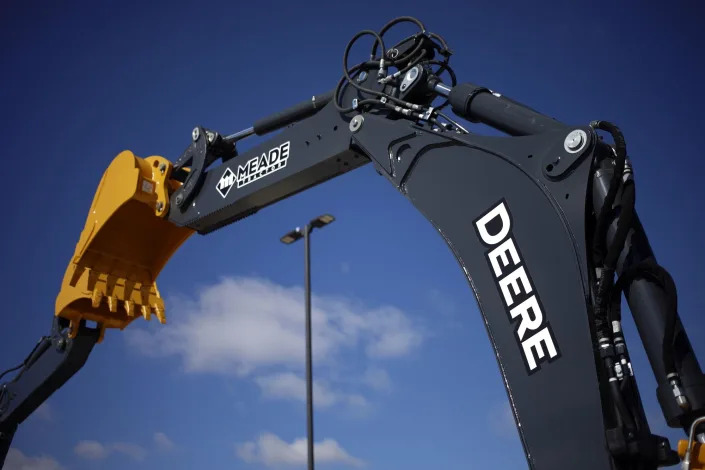
Joe Deaux
Thu, January 5, 2023
(Bloomberg) -- Deere & Co., the world’s largest manufacturer of farm equipment, launched a new electric excavator amid rising demand to reduce emissions in heavy industry.
The Moline, Illinois-based company said the battery-powered machine will reduce daily operating costs for construction workers and road builders, while eliminating tailpipe emissions. The company said the electric version won’t sacrifice any power or performance, but did not immediately give details about how often the machine will need to recharge and how long it will take.
“We’re not in the business of creating new technology just because it’s cool,” John May, Deere’s chief executive officer, said at an industry presentation in Las Vegas. “Technology is the key to driving sustainability on the farm and construction sites and empowering our customers to become more efficient and profitable in the age of significant challenges.”
The announcement comes as large machinery companies like Deere and competitor Caterpillar Inc. begin to improve offerings of fully electric and autonomous equipment that miners, contractors and other heavy industry customers are demanding amid the energy transition. Producing these technologies at scale present some of the biggest challenges for these companies, which could be forced to make costly overhauls of their manufacturing processes.
Deere also unveiled its so-called “ExactShot” technology, which uses a sensor to know when an individual seed is planted and immediately sprays the exact amount of fertilizer needed directly on it. The technology could save more than 93 million gallons of starter fertilizer per year, according to a statement.






